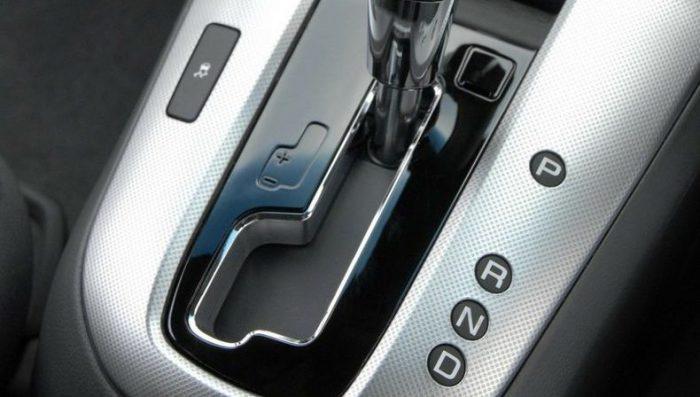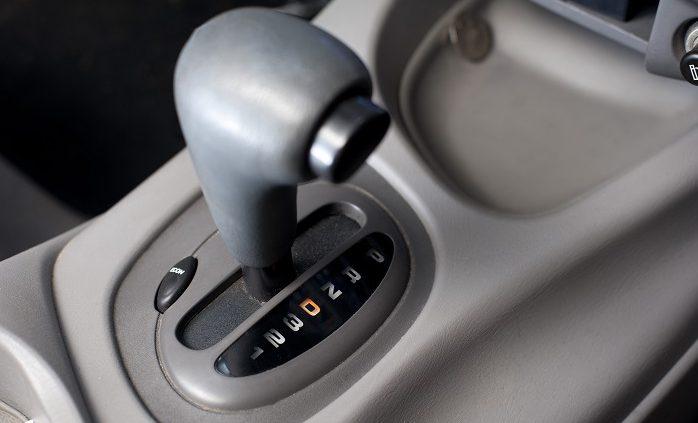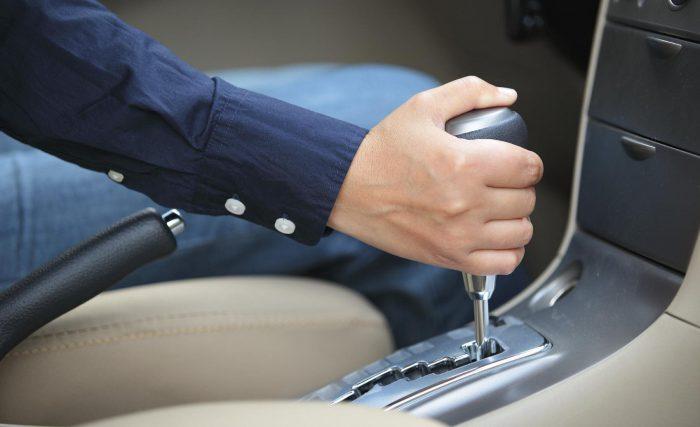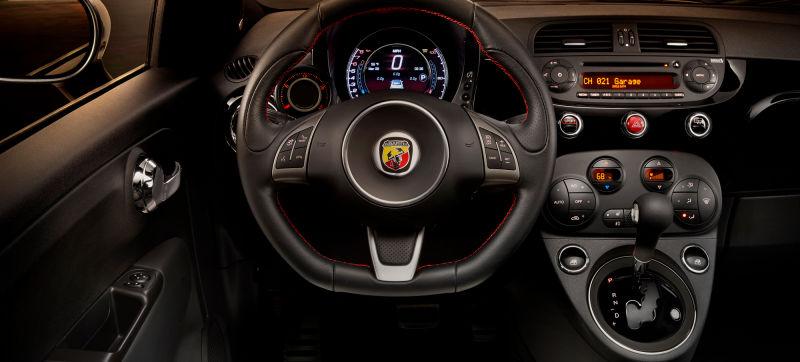How to drive an automatic car? Well, you will be happy to know that driving a car with an automatic transmission is easier than the one that uses a manual gearbox. However, it does not mean that you can learn to drive automatic without any practice. It’s mandatory to learn driving either in a school or under a private instructor. However, learning the basics beforehand will help you big time in this regard.
Contents
How to Drive an Automatic Car: The Functions of the Gears
What do the letters and numbers on an automatic gearbox mean? It’s crucial to know their role and functions to ace the driving test.
In the automotive world, these letters are known as PRNDL (pronounced as ‘prindle’). What they stand for are:
P (Parking): to park the car.
It locks the transmission shaft and does not let the car move anywhere. The only thing that can rotate in that condition is the non-driving wheels. Although, it will completely lock down a four-wheel drive.

R (Reverse): for reverse driving
Shifting to this gear allows you to drive the vehicle backward. To do that, stop the car completely and choose the R gear after pressing the shift-lock button. There’s no need to do anything while moving from R to N or D but shifting to R again will require the shift button.
N (Neutral): no gear
It means the vehicle is using no gear. In this state, the transmission will have no connection to the driven wheels and the car will move using the momentum only. You should use it only for pushing or towing the car.
D (Drive): to start and move
Understanding the functions of this gear is the most important when you are learning how to drive an automatic car. Putting the car in this gear means driving normally. But, the transmission uses other variations including D1, D2, and D3 to adjust to the speed at which you drive the vehicle. The D1 means the very first gear and you can gradually move up to the higher ones. Using the highest gear could be fuel-efficient when you are driving long distances on the highway. Otherwise, these gear ratios are suitable for unusual conditions only such as getting the car out of the ice or mud.

When you set the gear at D1, it means that the transmission gets locked in that position and won’t change on its own. Setting the gear at D2 means locking it in the second gear. In some models, the gear automatically shifts from the 1st to the 2nd when it reaches a particular speed limit, such as 30mph, to protect the engine from damage.
L (Low): to set a gear at low
An automatic car changes the gears automatically with the increase and decrease of the speed. Manually shifting to the low gear will decrease the speed but not the torque. As a result, your car gets more towing and staying power.
Some More Gears and Their Functions
Depending on the make and model, your automatic vehicle can feature some other gears too. Let’s have a look:
S (Sport) mode
It’s almost similar to the D mode but with maximum output levels. It enhances the engine performance when you are speeding up. The downshifting will also be much quicker in this position, boosting the braking effects.
Read more:
- Automatic Transmission: Low Gear Functions Explained
- Transmission Issues: Don’t Overlook these Signs!
OD (Overdrive) mode
It’s the highest gear and turning it on will allow the transmission to go through all the gears including the Overdrive. Turning it off will limit the transmission to move between other available modes. It’s helpful for towing, climbing hills, and overtaking.
B (Brake) mode
Some models come with this gear that helps to decrease the speed of a car. It’s also useful in maintaining a certain speed when you are going downhill.
How to Drive an Automatic Car: Step-by-Step Procedure
You have already learned the basics of an automatic transmission. It’s time for you to know the steps of driving before starting to practice for real.
The complete tutorial is geared toward beginner drivers
Small steps to prepare before driving an automatic car
Adjust the mirror and seat
Before getting started, the most essential thing is to adjust the driver’s seat and side mirrors. This not only helps you feel safer and more comfortable, it also boosts your focus. So every time you are about to drive, remember to check all the mirrors to make sure you have the best view possible. Yes, when we mean all the mirrors, it means both side mirrors as well as rearview mirrors. Car owners must not change the mirror while driving since it could affect their driving.
Check the brake and the whole car
After you have checked the mirrors and your driving seats, here is the list of things car owners need to prepare before driving:
First of all, lock all the doors. This action will reduce the chance of car doors suddenly opening when you are driving.
Second of all, car owners must check their seatbelts. We do not need to mention how important this action is: It helps drivers avoid the scope of the law but also decreases the chance of injury or death when accidents occur.
Third of all, always give your dashboard a check. Basically, if there is anything wrong with your automobile, it will show on the dashboard. So drivers need to see if there are any warning lights flashing before driving.
Last of all, car owners need to remove all the distractions. Believe us, driving is like meditating. So our recommendation is to keep your phone in a silent mood. Along with that, car owners should reduce the music volume to avoid being distracted. Also, you must not make up while driving.
Know the use of the feet
Unlike manual cars, the automatic models don’t have the clutch pedal. They have only the brake pedal and accelerator and you will use only your right foot to control them. The first lesson of learning how to drive an automatic car is to know that your left foot should remain at rest all the time.
Starting the car
The lever should be in P when the engine is off. Push the brake pedal and insert the key into the ignition to turn it on. Gently shift the gear to the D and then release the pressure on the brake pedal slowly. The vehicle will start moving.
If you want it to move faster, simply press the gas pedal. The speed has nothing to do with the gears. So, don’t change it for regular road driving.

Taking turns and slowing down
You have to turn the steering wheel left or right to drive the car in that direction. Apply the brakes to slow it down or stop. The accelerator is for speeding up and you have to limit that speed by shifting the foot on the brake pedal. Apply pressure on it slowly and gradually unless you need to stop the vehicle suddenly.
Parking
This is the last step of this procedure of how to drive an automatic car. You have to gradually press the brake pedal and shift the gear to the P position to stop the vehicle completely. Use the ignition key to switch off the engine. Finally, turn off the headlights and get out of the car.
Conclusion
Besides learning these basics, you should also read the owner’s manual to learn how to drive an automatic car. It has details about the roles and functions of the transmission and gears. There are various types of automatic transmission cars. So, reading the manual is necessary because it provides tips that are relevant to the specific model of your car.




Quite educative!
It’s informative
Very efficient
Great work
Wow! Easy learning
Thank you for the wonderful article
I have been using my automatic vehicle for more than 10 years now without knowing some of these important outlined tips. Thank you very much. These tips will help me to use my car on the road perfectly well.
So impressive.
So interesting.thanks for that information
Explain further on use of D1and D2 in regards to fuel efficiency please.
So clear,simple and interesting
Hi ,can we change gear frm D gear to Sport mode while driving or need to stop first the car .please explain
Need explanation regarding auto cruise function ,in which gear we must turn ON .D or ?
Thank you for precise and to the point information through SIMPLE LANGUAGE.These guidelines are very helpful for me.
Thank you.This information is very clear and precise.
Thanks a lot Very educative but still want to know what you mean by the gass pedal to enable you drive faster.
This information has really changed my driving automatic transmission life,thanks for the article
when arriving at destination, my mother steps on brake, then turns key to off, then puts car into park, then takes foot off brake
. I do not believe this is correct.
shouldnt she press on brake, put car into park then turn key off?
shouldnt she step on brake, then put car into park, then turn key off.
point is, you should have car in park before you turn key to off——right?
You haven’t explained on when to release the hand brake